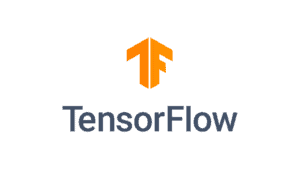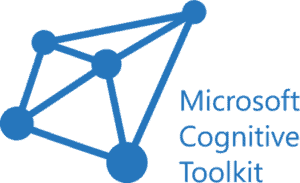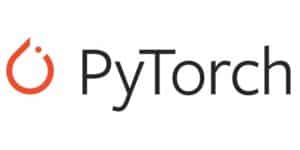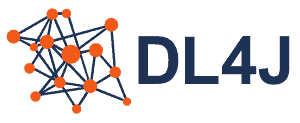Yes, we're now running our Black Friday Sale. All Access and Pro are 33% off until 2nd December, 2025:
Open Source Neural Network Libraries
Last updated: February 13, 2025
1. Introduction
In this tutorial, we’re going to review some open-source neural network libraries.
Neural network libraries are usually used to implement neural networks in computer programs. Over the years, many of these libraries have been developed and enhanced to make it easier to implement and utilize the processing functionality of neural networks. In the subsequent sections, we’ll review some of these libraries.
2. TensorFlow
TensorFlow was first developed in 2015 by the team at Google Brain, a machine learning research group at Google. It was designed to facilitate research in building machine learning and neural network models. As such, TensorFlow offers easy model building and a robust environment for deploying machine learning models:

It also boasts of having a platform that can be used by both beginners and experts and can be used on Windows, Linux, Android, and macOS platforms. Some companies that use TensorFlow include Google, DeepMind, AirBnB, Coca-Cola, and Intel.
3. CNTK
CNTK is also known as Microsoft Cognitive Toolkit. First released in 2016 and now deprecated, CNTK is an open-source library for training neural networks for deep learning:

It allows users to create and combine commonly used neural networks such as Convolutional Neural Networks (CNN) and Recurrent Neural Networks (RNN).
CNTK is supported on Linux, Windows, and macOS platforms.
4. PyTorch
Released in 2016, PyTorch was developed by Facebook’s AI Research Lab. PyTorch was built on top of Torch, which is a machine learning and scientific computing library. According to the developers of PyTorch, it is a machine learning framework that accelerates research prototyping to production deployment:

PyTorch features distributed training of neural network models, cloud support, a robust ecosystem, and is supported on Windows, Linux, and macOS platforms. It is used by organizations such as Standford University and Udacity.
5. Theano
Theano is an open-source library released in 2007 by Montreal Institute for Learning Algorithms (MILA). Theano offers support for evaluating mathematical expressions commonly used for machine learning. It provides a Python interface that can be used together with Keras:

Theano is also supported on operating systems such as Linux, Windows, and macOS.
6. Caffe
Caffe is a deep learning framework developed in 2013 by the Berkeley AI Research group. It was designed to offer speed and modularity in building neural networks. However, Caffe mostly supports neural networks for image classification and image segmentation:

It currently runs on Linux, macOS, and Windows operating systems.
7. Keras
Keras was designed by Francois Chollet, an engineer at Google in 2015. It provides a user-friendly interface for building neural networks in Python. Keras features modules such as activation functions and layers for implementing neural networks in a few steps for fast experimentation:

Additionally, the library can run on top of other libraries such as TensorFlow and CNTK. Due to its simple yet powerful interface, it is used by organizations such as NASA and CERN.
8. DeepLearning4J
DeepLearning4J is a deep learning library written for Java and Scala and initially released in 2014. It features a distributed computing training environment that can accelerate performance. DeepLearning4J allows users the flexibility of composing and combining neural network models:

DeepLearning4J is currently supported on Windows, Linux, and macOS platforms. In addition, it works well together with other neural network libraries such as TensorFlow and Keras.
9. Summary
Now let’s take a look at a summary of the pros and cons of the frameworks discussed above:
| Software | Pros | Cons |
|---|---|---|
| TensorFlow |
|
|
| CNTK |
|
|
| PyTorch |
|
|
| Theano |
|
|
| Caffe |
|
|
| Keras |
|
|
| DeepLearning4J |
|
|
10. Conclusions
In this article, we have identified and reviewed some commonly used open-source libraries for neural networks.